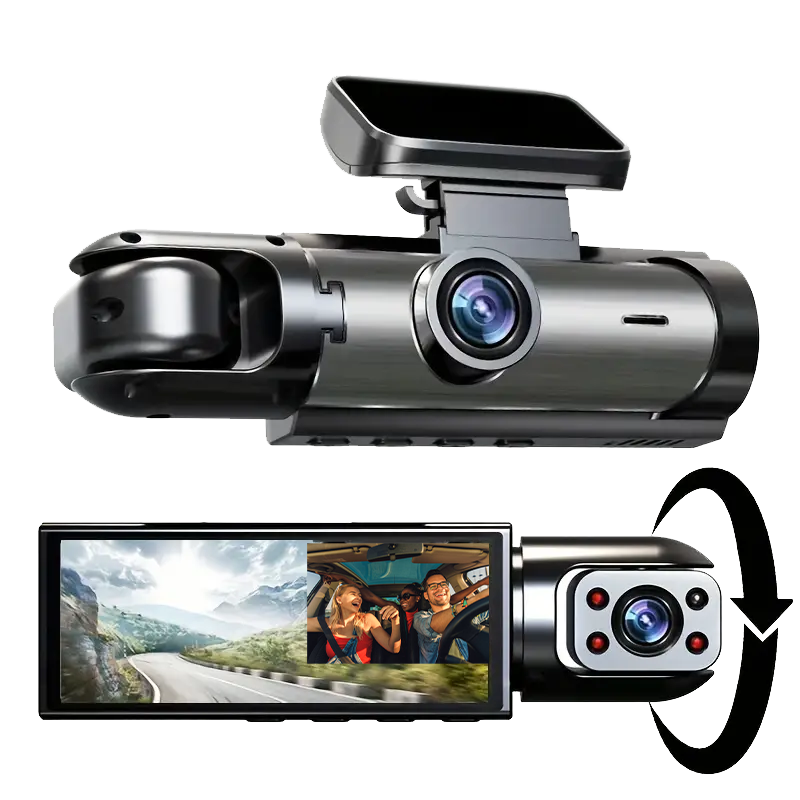
Duesenberg Ssj 1935

| Duesenberg Model J | |
|---|---|

1930 Duesenberg J Murphy Torpedo Convertible
|
|
| Overview | |
| Manufacturer | Duesenberg |
| Also called |
|
| Production | 1928–1937 |
| Assembly | Indianapolis, Indiana, United States |
| Designer | Gordon Buehrig |
| Body and chassis | |
| Class | Full-size luxury car |
| Body style | Coachbuilt to owner's preference |
| Layout | Front mid-engine, rear-wheel-drive |
| Powertrain | |
| Engine | 7 L (420 cu in) DOHC straight-8, optional supercharger |
| Transmission | 3-speed manual |
| Dimensions | |
| Wheelbase |
|
| Chronology | |
| Predecessor | Duesenberg Model A |
The short-wheelbase supercharged J, referred to by the public as the SSJ, had an extra-short wheelbase of 125 in (3,200 mm) and an engine delivering close to 400 hp (298 kW) through the use of the dual-carburetor "ram's horn" manifold developed for the Duesenberg Special.
The "ram's horn" manifold has two branches, each of which splits into two more branches.
Only two were built; both had lightweight open-roadster bodies produced by Central Manufacturing Company, an Auburn subsidiary in Connersville, Indiana. At the rear, each short-wheelbase roadster had an external spare tire and smaller “later-style” round taillights.
The first short-wheelbase roadster was sold to the actor Gary Cooper in 1935. The other "SSJ" was lent by the company to actor and established Duesenberg customer Clark Gable in 1936. Cooper and Gable would race each other in the Hollywood Hills in these cars.
